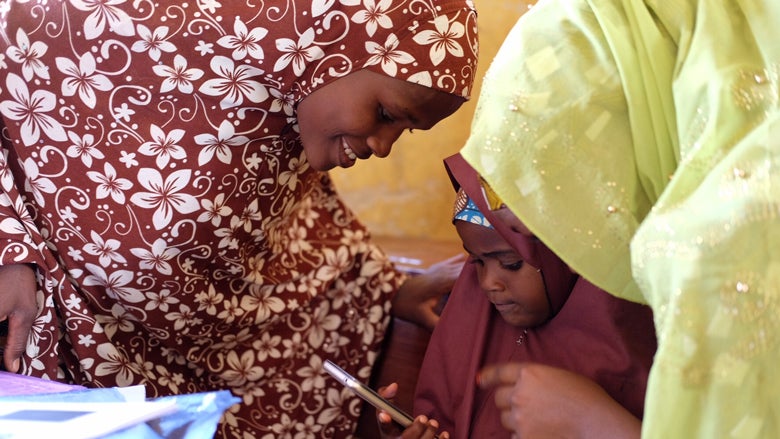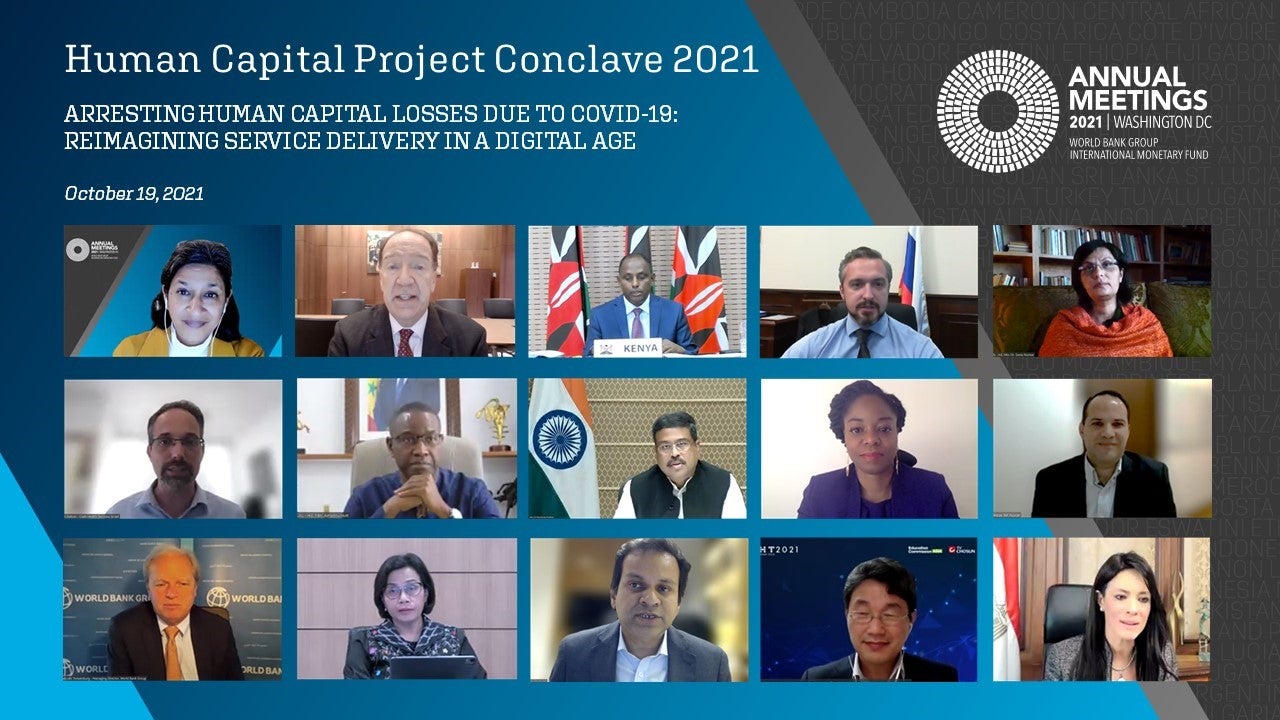On a global scale, the COVID-19 pandemic has dealt the greatest blow to families and children in living memory. Progress in human capital – the knowledge, skills, and health that people need to achieve their potential – is being reversed. Men, women, and children are facing unprecedented setbacks in health, education, livelihoods, and security – all with profound implications for their future prosperity.
World Children’s Day is a timely reminder that countries’ greatest wealth lies in their human capital, including their boys and girls, and young adults, who represent the promise for a brighter future. Their talents and productivity are the engine of future growth and prosperity.
Unless countries quickly put in place policies to stop the loss of human capital and get families back on their feet and children immunized and back in school, they will experience serious setbacks to their economic growth , and the long-term potential for their children and youth will be thwarted. We need to put investments in people at the center of our crisis response.
Global ministers and development leaders highlighted examples and discussed approaches to Reimagining Service Delivery in a Digital Age at the Human Capital Ministerial Conclave
Reimagining service delivery through disruptive and transformative technology
What can be done to address this crisis in human capital? We have an opportunity to build on the innovative use of data and technology to improve service delivery at scale, to reach marginalized populations more easily, and to increase the efficiency of human capital spending. The disruptive and transformative technologies era provides us with the opportunity to transform service delivery in health, education, safety nets, agriculture, finance, and other areas central to human capital.
The crisis has led to an unprecedented transformation in the use of technology, driving advances in scalable safety nets using mobile money payments, in telehealth and digital health and in distance and technology-based learning. For example, Togo provided a new COVID-responsive digital cash transfer that was up and running in ten days, using mobile money accounts coupled with biometric identification as well as satellite and cell phone data to reach those most in need.
Faster adoption of digital solutions can radically change the way services that safeguard human capital are delivered, catalyzing new and efficient ways for human capital accumulation. For example, India has deployed a free education platform – DIKSHA – for teachers and distance learning, which hit 10 million downloads in 2021. It uses a satellite channel that has provided more than 700 million hours of education learning.
Seizing these opportunities require innovation and collaboration
The collective response to the pandemic has generated new partnerships among governments, the private sector, and civil society that have allowed for a faster response to the COVID crisis and served as an incubator for innovation. For example, Clínicas del Azúcar – a private company that provides telemedicine and clinic-based services for low-income people as a “one stop shop” for diabetes and hypertension care across Mexico – shows how technology has helped reduce cost of care by 60 percent relative to the public healthcare system and aligned profitability with social impact by paying enterprises for proven outcomes. Data and artificial intelligence (AI) are used to tailor treatment and messaging to each patient’s needs.
Likewise, in Bangladesh, the innovative BRAC NGO supported the government’s COVID response by mobilizing BRAC doctors and health care workers, developing a quarantine facility for returning migrant workers, and using mobile financial services to pilot an unconditional cash transfer program, which the government then scaled up to reach 20 million people.
Putting people at the heart of recovering human capital losses
Technology alone is not a sufficient solution for improving service delivery. It must be coupled with increased and more equitable access to services, especially for marginalized populations, as well a people-centered designs to ensure its effectiveness. There is a huge potential in technology, but we need to embed trust and an innovation ecosystem to bring all the actors together to jointly develop and implement solutions. For example, Korea has developed a “high-tech, high-touch” approach that puts teachers at the center of the learning process, using technology as a support system, allowing teachers to focus more on students’ individual needs.
The pandemic brought about a great number of disruptive innovations, and now is an opportune time to scale them up to catalyze better human capital outcomes – reversing the learning crisis resulting from children’s absence from school, enabling access to better and more efficient health services, expanding safety nets, and connecting people to better jobs.
The way forward
Mobilizing technology to address the human capital crisis affecting children, their families and communities will require new ways of working together. Three types of investments can guide us: foundational investments in technology infrastructure, data collection and management, data platforms, cybersecurity, and data governance; functional investments applying technology to scale up impactful service delivery processes to meet human capital needs; and frontier investments in new technologies and accompanying innovative policies and processes to leapfrog current ways of working and achieve more efficient and effective human capital outcomes. Together we can overcome the perils of this pandemic and prevent the intergenerational transmission of poor human capital outcomes to chart a better future for all children.
Related:
Human Capital Ministerial Conclave: Reimagining Service Delivery in a Digital Age




Join the Conversation